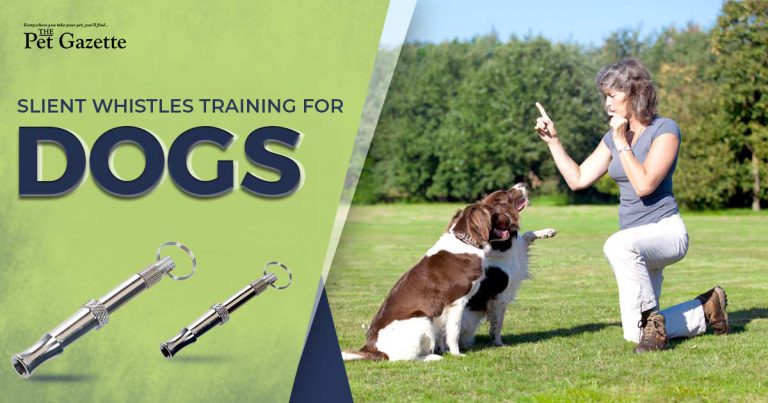A new study finds that dogs respond to the direction of a tail wag. Canines that see tails wagging to the right are more relaxed, whereas they become more stressed when they see tails wagging to the left. The responses are a result of the differing roles played by the left and right hemispheres of a dog’s brain, according to the research.
The same scientific team previously found that dogs wag their tails to the right when looking at something they want to approach, such as their owner. But they wag their tails to the left when confronted with something they want to back away from, such as another dog with an aggressive posture.
The dogs’ directional tail wagging was a result of increased activation of either the left or right side of their brains, said neuroscientist Giorgio Vallortigara of the University of Trento in Italy, who led both studies.
He has characterized other right-versus-left brain differences or biases in how dogs react to sounds, scents, and emotions. “But the issue remained open whether this asymmetry conveyed any meaning to an observing dog,” he said.
Reading The Signs
To find out if other dogs responded to the direction of tail wags, the researchers recruited 43 dogs of various breeds and showed them videos of another dog or a digitized silhouette of a dog with its tail wagging left or right. The observing dogs were fitted with a vest to measure their heart rate, and their behaviors were filmed and analyzed.
When dogs looked at tails wagging to the left, their heart rate increased and they showed more signs of stress and anxiety. The dogs were more relaxed when they saw tails wagging to the right. The results were published October 31 in the journal Current Biology.
Vallortigara emphasized that just because dogs interpreted tail wagging as stressful or non-stressful, it did not necessarily indicate that the left or right tail wag was intended as a communication signal.
“It’s possible that there’s no communication going on in the intentional sense,” he said. It could just be a byproduct of the activation of one side of a dog’s brain over the other side.
Dogs may become more stressed out when seeing a left tail wag because “they’re interpreting that the dog they’re looking at might have higher arousal, or might be more likely to attack,” said Lesley Rogers, an emeritus professor of neuroscience at the University of New England in Armidale, Australia, who was not involved with the study.
Rogers studied right or left biases in animal brains for more than 30 years, and was the first to show that such biases were not unique to humans.
“We know there’s this fundamental pattern, that the left hemisphere is used when an animal is in a relaxed state, focused on things, and the right one [is used] when it’s an emergency situation, when something novel has happened, and during an attack,” she said.
A similar process is at work in human beings, in whom the right hemisphere is used to express intense emotions, Rogers added.
“Where this paper is a step forward is to show that those side biases are actually read or interpreted by another member of the species,” she said. “We have very little if any other evidence of that.”
Canine Interpretations
In a previous study, Reimchen found that dogs in a dog park responded differently to the right and left tail wagging of a life-size robotic dog replica. Far more dogs approached the robot without stopping when the robodog’s tail wagged to the left.
The fact that dogs hesitated less when approaching the left-wagging robot appears to contradict the results of Vallortigara’s study, in which dogs became more anxious when they saw left-wagging tails. But the two experiments’ methods were sufficiently different that it’s hard to make comparisons, Reimchen said.
“The current paper did this very elegant analysis of physiological function, whereas we used this proxy of behavior, which was whether the dogs stopped or not,” he said.
“What is clear is that there is a lot of visual information that dogs use when interacting with each other, and the tail is a very important signal,” Reimchen said. The study also provides evidence that “docking,” or removing portions of a dog’s tail, compromises their ability to communicate, he said. (Read “How to Build a Dog” in National Geographic magazine.)
Free Interactions
As a follow-up, Vallortigara said he would be interested in trying to look at the behaviors of freely interacting pairs of dogs.
“What I would like to do is to have two real dogs facing each other, with the possibility to measure very precisely the movement of the tail and other physiological parameters during free encounters,” he said. This could help researchers capture the feedback that characterizes interactions between two real dogs.
One could imagine practical uses of the study’s findings, Vallortigara said. For example, veterinarians could approach dogs from a preferred side, and the findings could also be used for teaching and training dogs.
“It’s possible that we could produce dummies tailored to [elicit] right or left brain responses,” he said. For example, one could build a dummy dog that would wag its tail to the left or right, producing aggressive or less aggressive attitudes depending on what a trainer wants to teach a dog to do, he added.
The University of New England’s Rogers would like to see this laboratory experiment repeated in a more natural environment and extended to other species. “It opens up a whole field of research,” she said. Researchers could now focus on finding out how right or left biases in different species are interpreted by other members of the species, Rogers said.
Researchers could also look more carefully at side biases in other interactions in the wild, such as those between predators and prey, said the University of Victoria’s Reimchen. “I’m not going to be surprised if we find all sorts of really interesting processes that nobody has ever seen before,” he said.





